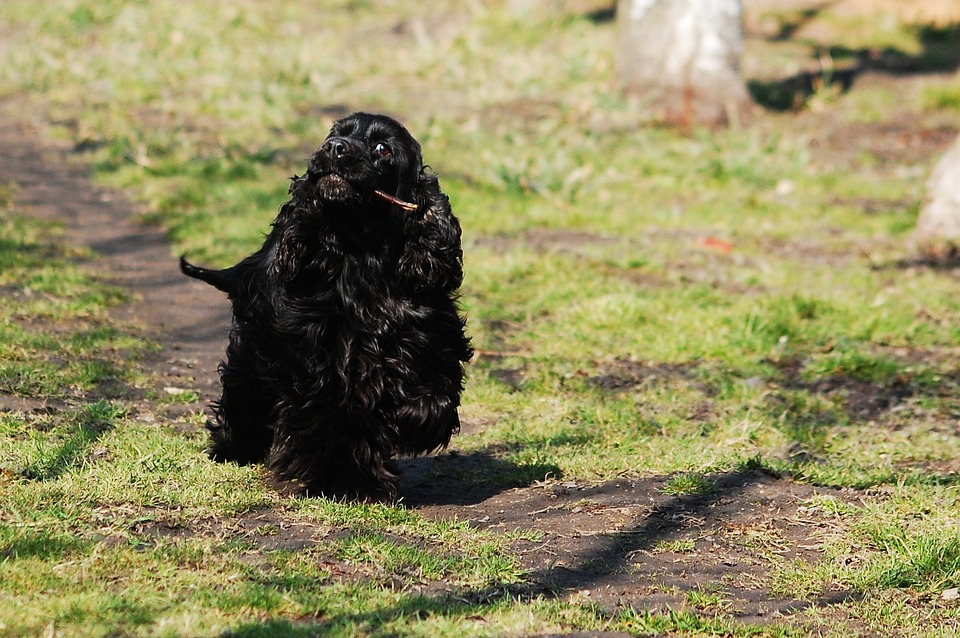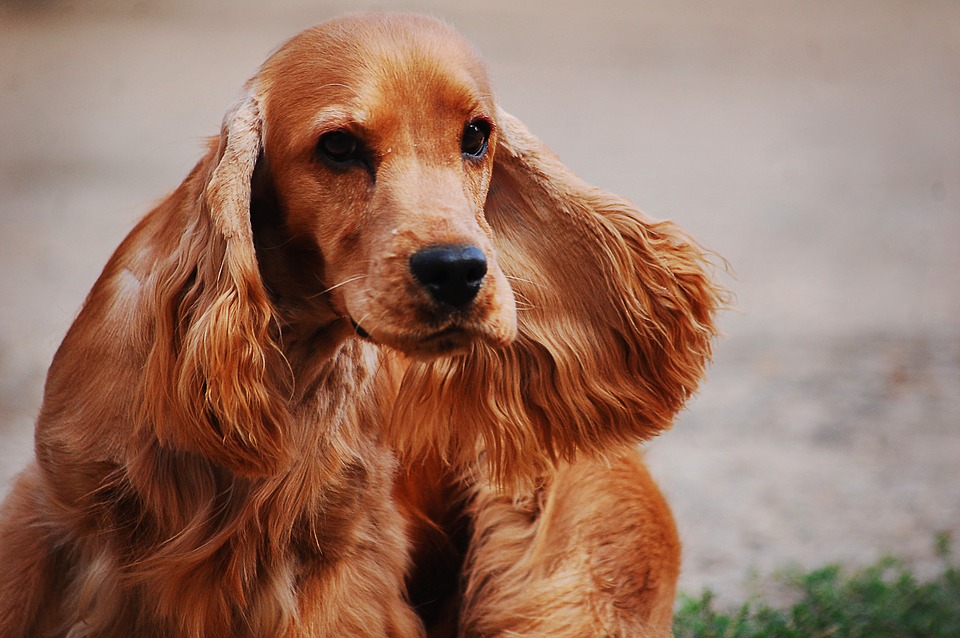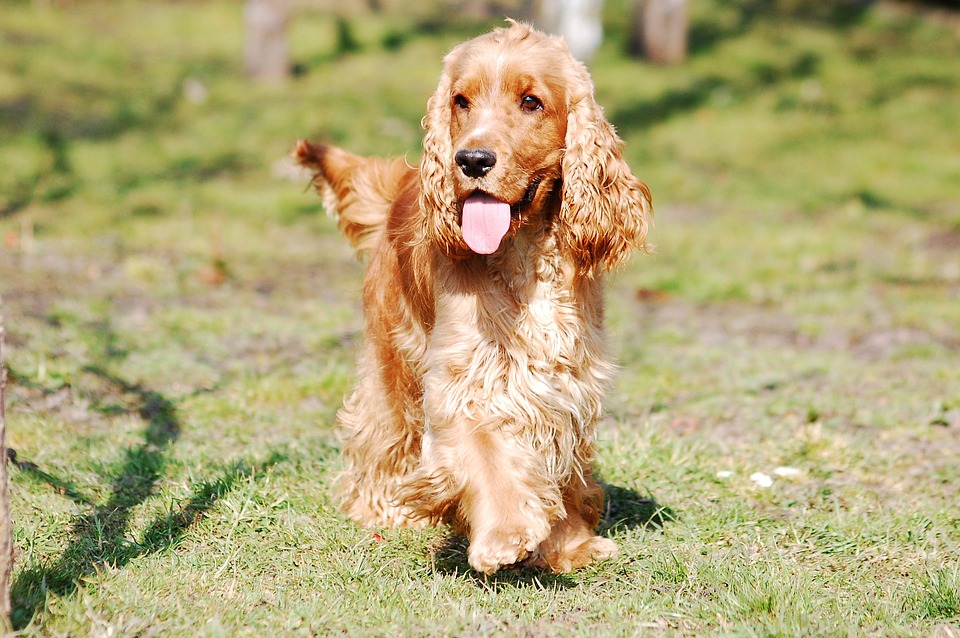The Cocker Spaniel
Vital Stats of Cocker Spaniels

The following are vital stats of Cocker Spaniels:
- Dog breed group: Sporting
- Height: 14 to 15 inches at the shoulder
- Weight: 20 to 30 pounds
- Lifespan: 12 to 15 years
Physical Characteristics of Cocker Spaniels
The American Cocker Spaniel happens to be the smallest of all the Sporting Group spaniels. The athletic, compact body and soft facial expression gives this breed an appealing look, while its most distinctive feature is the Cocker Spaniel’s medium-length silky coat. This dog’s coat can either be slightly wavy or flat. The majority of Cocker Spaniels today have a heavy coat meant for field work. Additionally, the dog has a strong and balanced gait.
This breed is typically split into three color varieties: black, ASCOB (Any Solid Color Other Than Black), and parti-colors.
Care for Cocker Spaniels

The Cocker Spaniel requires regular eye, ear and feet cleanings to ensure they are dirt-free. In addition, it is necessary to brush this dog’s coat a minimum of two to three times a week, as well as monthly hair trimming and nail clipping.
Similar to many other dog breeds, you can meet the exercising requirements for this breed with regular walks. Also, Cocker Spaniels are social dogs that need constant human companionship, so it’s essential to keep them indoors to be closer with the family.
Health of Cocker Spaniels
Similar to any other breed, the Cocker Spaniel is prone to specific health problems. Some of the serious health problems include the following:
- progressive retinal atrophy (PRA)
- cataracts
- patellar luxation
- glaucoma
- elbow dysplasia
- gastric torsion
- epilepsy
A few minor health problems that can affect this breed include the following:
- cardiomyopathy
- ectropion
- urinary stones
- otitis externa
- canine hip dysplasia (CHD)
- hypothyroidism
- seborrhea
- phosphofructokinase deficiency
- entropion
- “cherry eye”
- liver disease
- allergies
- congestive heart failure
History of Cocker Spaniels

References to “Spanyells” date back to the 14th century. Over the centuries, different types of spaniels have evolved, some working on land and some retrieving from water. The Cocker flushes game and retrieves it under command. He also derives his name from his skill at hunting woodcock, which is a type of wading bird.
Additionally, Spaniels used to be classified by size, with different types of spaniels possibly being born in the same litter. Eventually, the various spaniel types became individual breeds. The size and appearance of the Cocker Spaniel had changed by 1946, separating itself from the English Cocker Spaniel breed.
The Cocker Spaniel’s popularity skyrocketed after the release of Disney’s classic movie “Lady and the Tramp” in 1955. As a result, this breed was the most popular breed registered by the American Kennel Club until 1990s. Today, this breed ranks 25th.
For more information on the Cocker Spaniel or other dog breeds, don’t hesitate to contact us here at All Pets Veterinary Medical Center with the link below!
















